A little over 21 miles south of Lyon sits the village of Vienne, which was, at one time, a major center of the Roman Empire. Prior to the Romans arriving here, Vienne was the capital city of a Gallic people known as the Allabroges. In 47 BC, this became a Roman colony under Julius Caesar. After the Allabroges had expelled them, the Romans went on the create the nearby Lugdunum (now Lyon). In 7 AD, King Herod was banished to Vienne by Augustus. At this point in time, while Vienne was dependent on the Holy Roman Empire, the opposite banks of the Rhône River was French territory’. Pope Clement V, in 134, abolished the Knights Templar during the Council of Vienne. By 1449, the city had been incorporated into the territory of France.
Today, numerous Roman construction ruins, as well as some current use ancient structures, are still visible throughout the city. Among them are the following;
TEMPLE OF AUGUSTUS AND LIVIA - Built around 10 BC as a place of worship, this temple was dedicated “...to Rome and Augustus.” Thirty-one years later, it was rededicated to include Augustus’ wife, LIbiza. During the fifth century, the temple was converted into a church under the name of “Saint-Marie-la-Ville” (Saint Mary of the City). By 1822, the temple/church had become a Library and museum.
ROMAN THEATER - During the first century, up on Pipet Hill, one of the largest Gallo-Roman era theaters was constructed. Able to accommodate 11,000 spectators on 46 tiered rows, this theater was not only used for entertainment purposes, but also civic and official gatherings. Rediscovered in 1922, under a ton of debris, the theater was renovated to the point that it is still used today for summer performances (operas, music, dances, etc.).
ARCHEOLOGICAL MUSEUM OF SAINT-PIERRE - Originally built in the fifth century as a church dedicated to the apostles Peter and Paul, this is one of the oldest churches in all of France. As a functioning basilica, it houses the remains of most of the bishops of Vienne (many of whom are considered saints). This church became a museum in 1872.
ST. MAURICE CATHEDRAL (AKA “VIENNE CATHEDRAL”) - While documentation of the initial construction of this medieval Catholic Church date as far back as 1119, to the crowning of Archbishop Guy of Burgundy as Pope Callixtus II, it was not completed until 1251. The Council of Vienne was held here in October of 1311 by Pope Clement V during which the Knights Templar were dissolved. Following the French Revolution, the Vienne Archdiocese was reduced to a plain parish church.
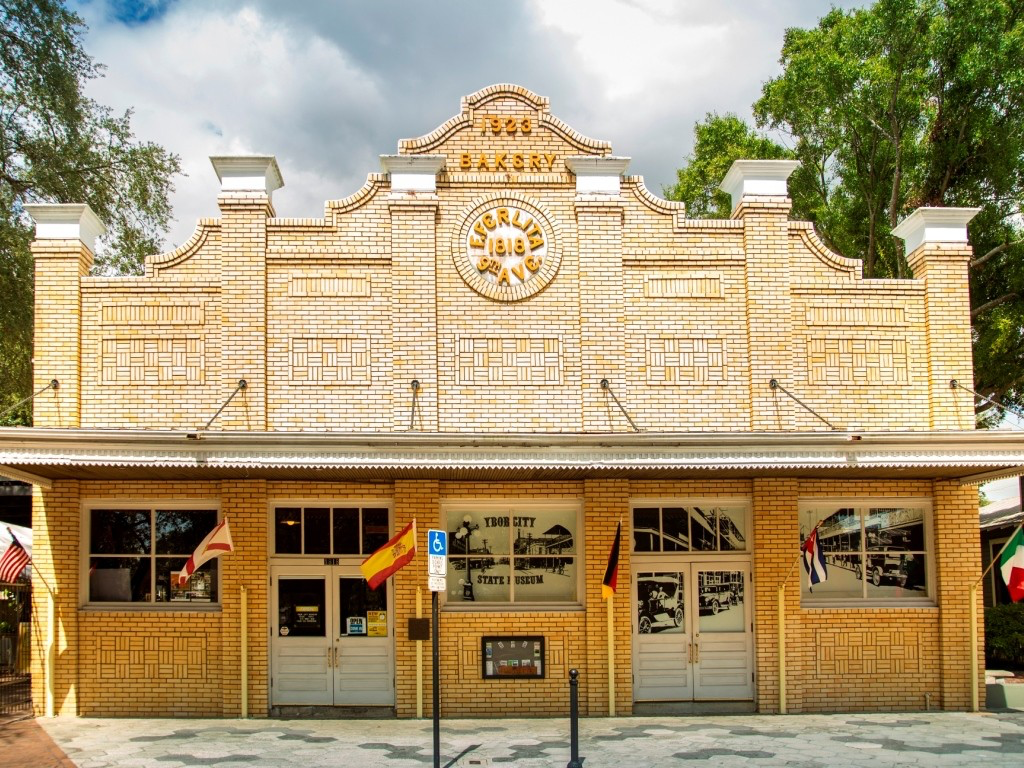
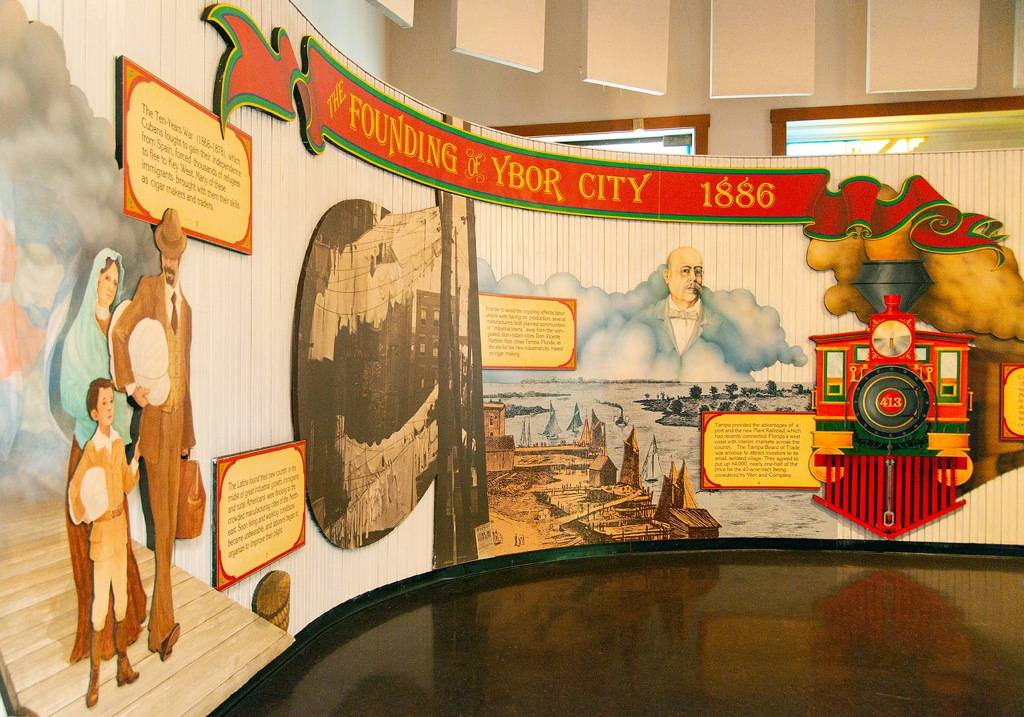
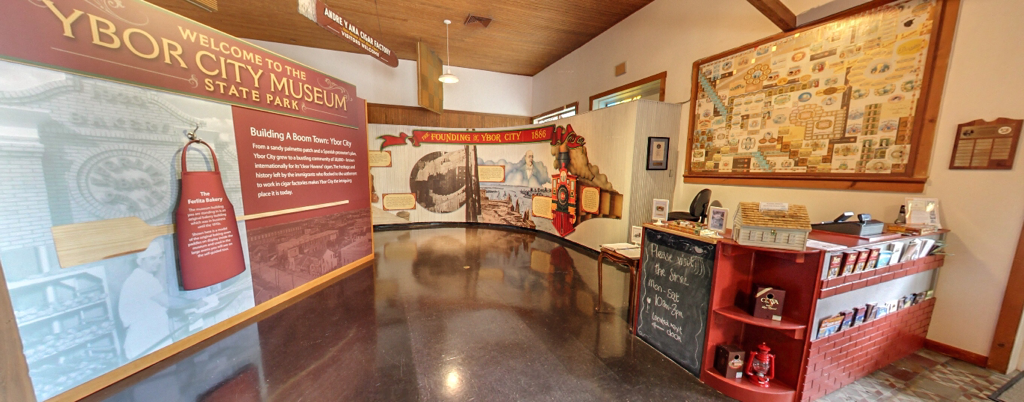
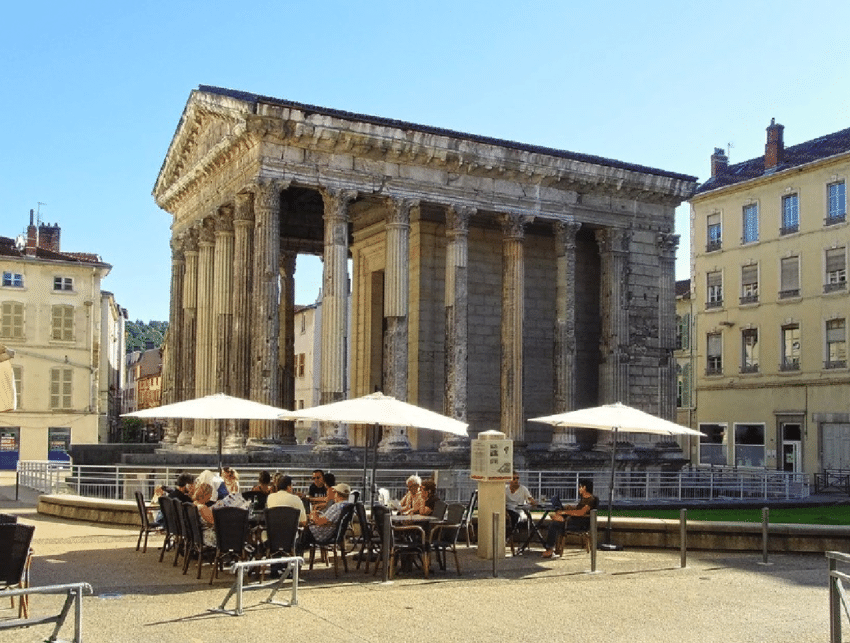
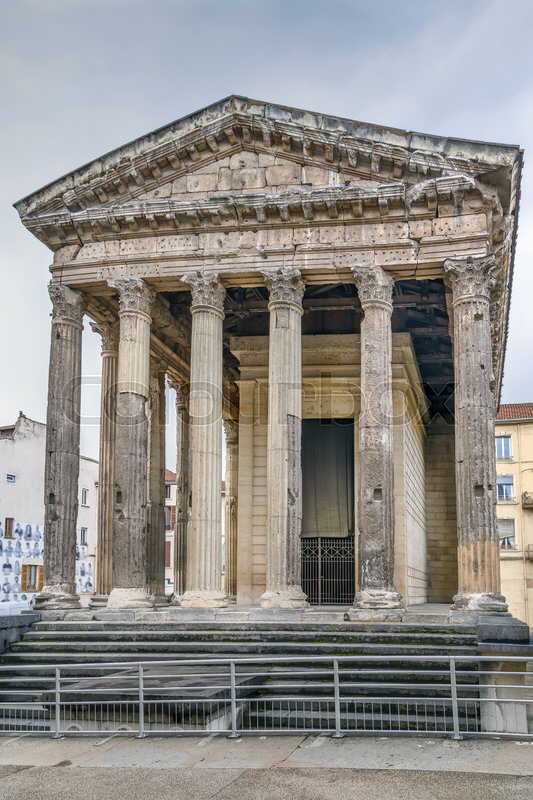
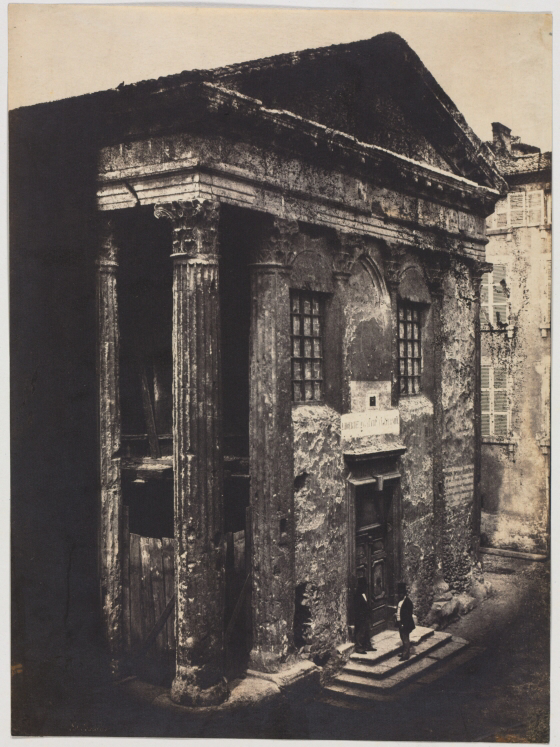
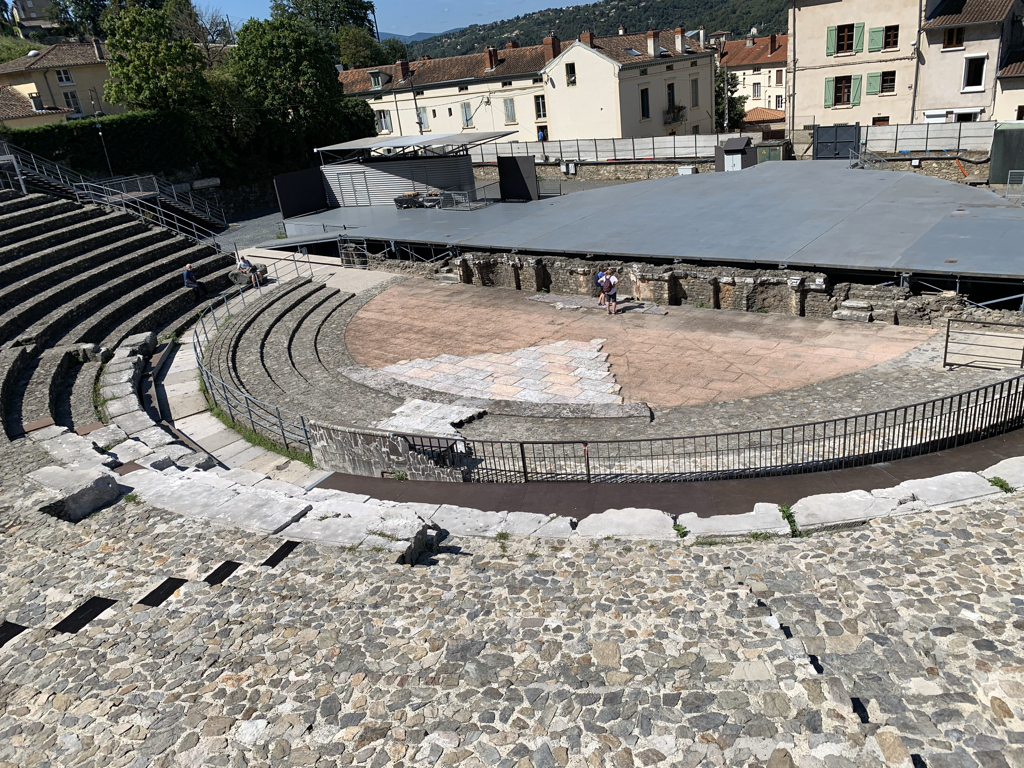
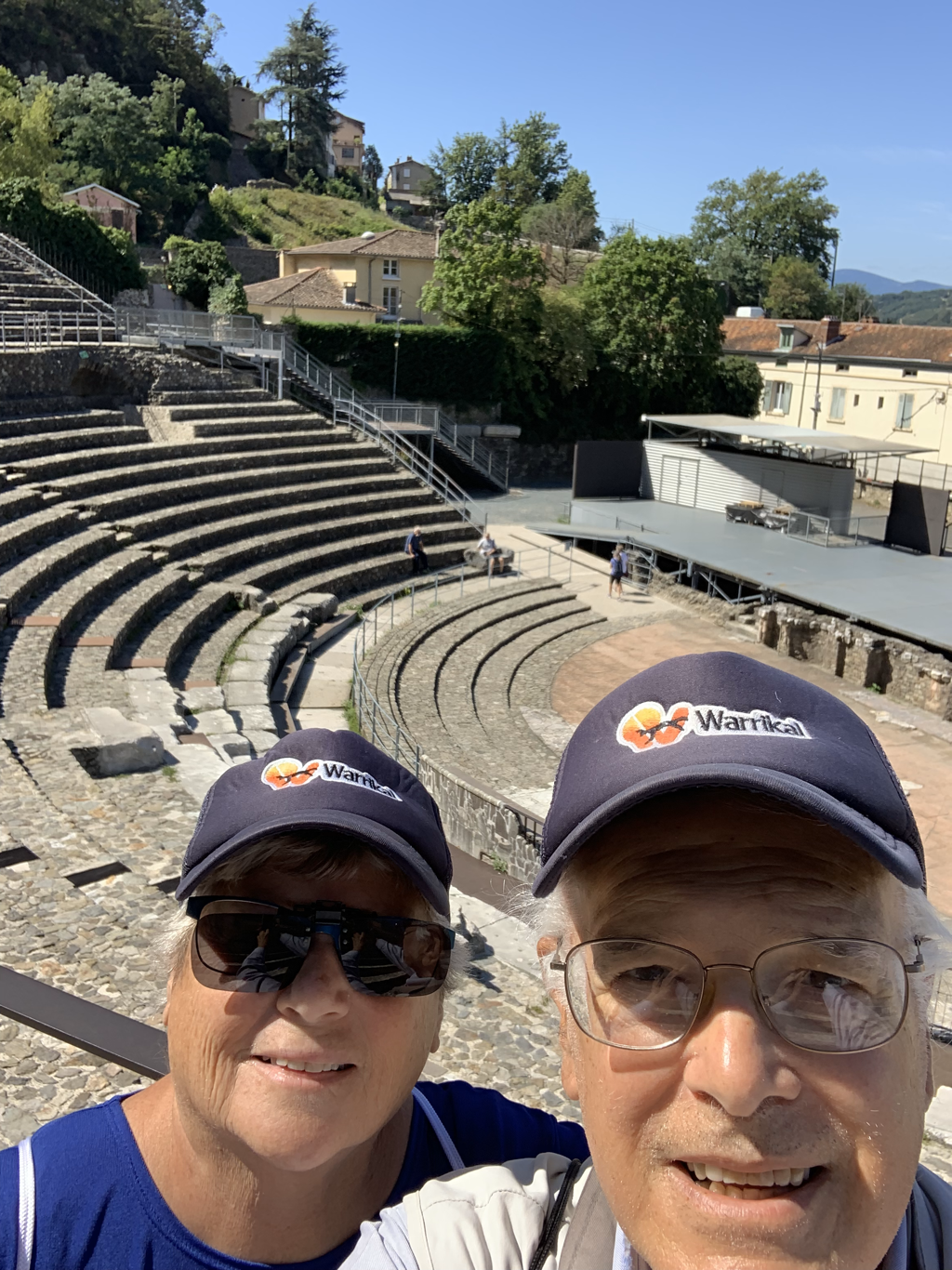
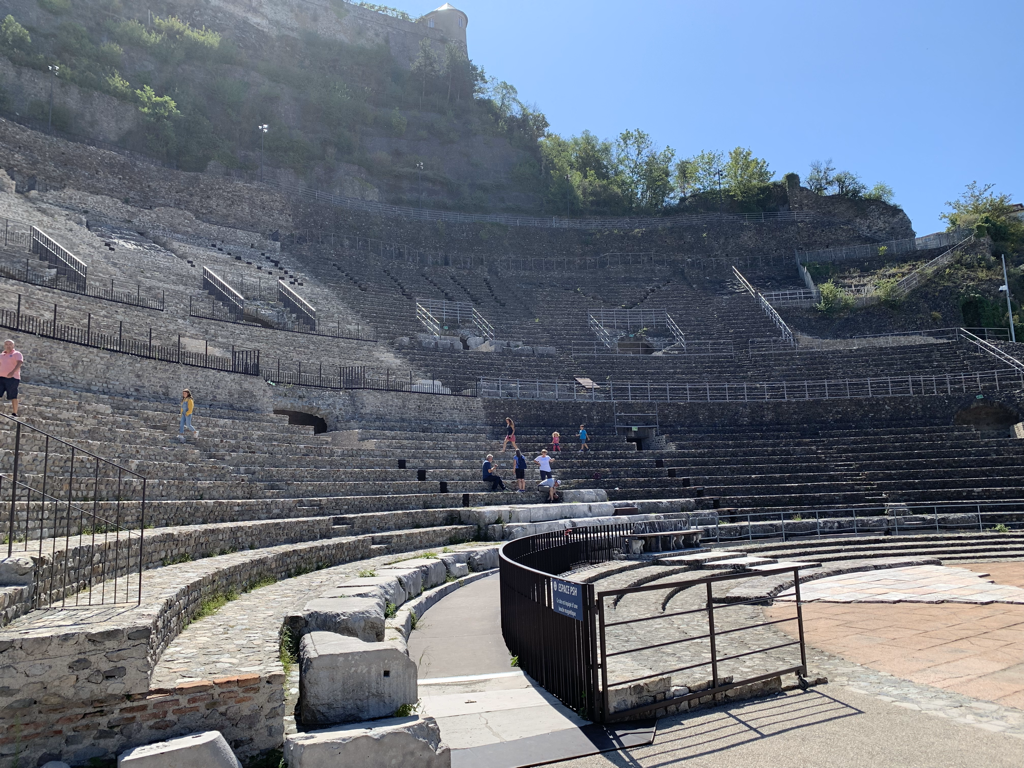
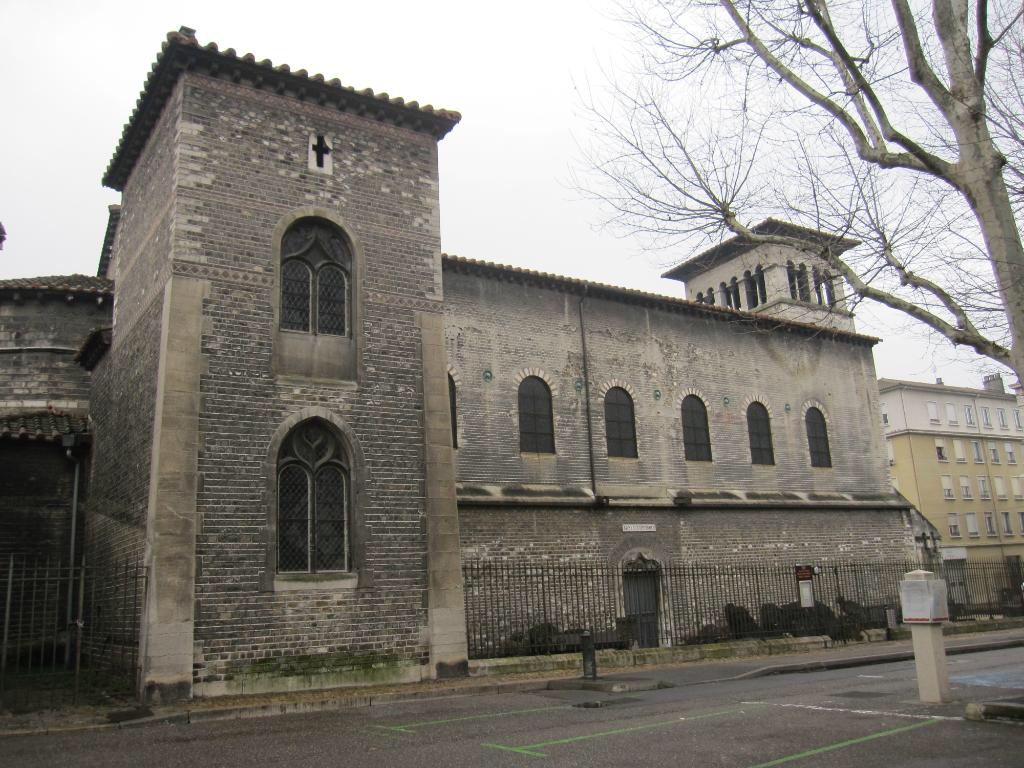

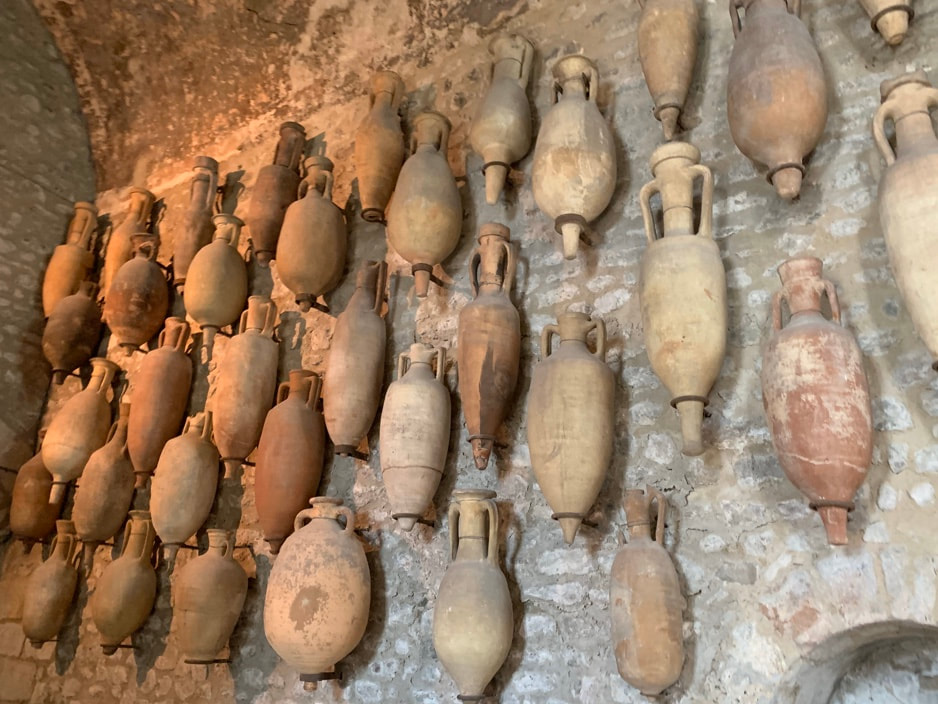
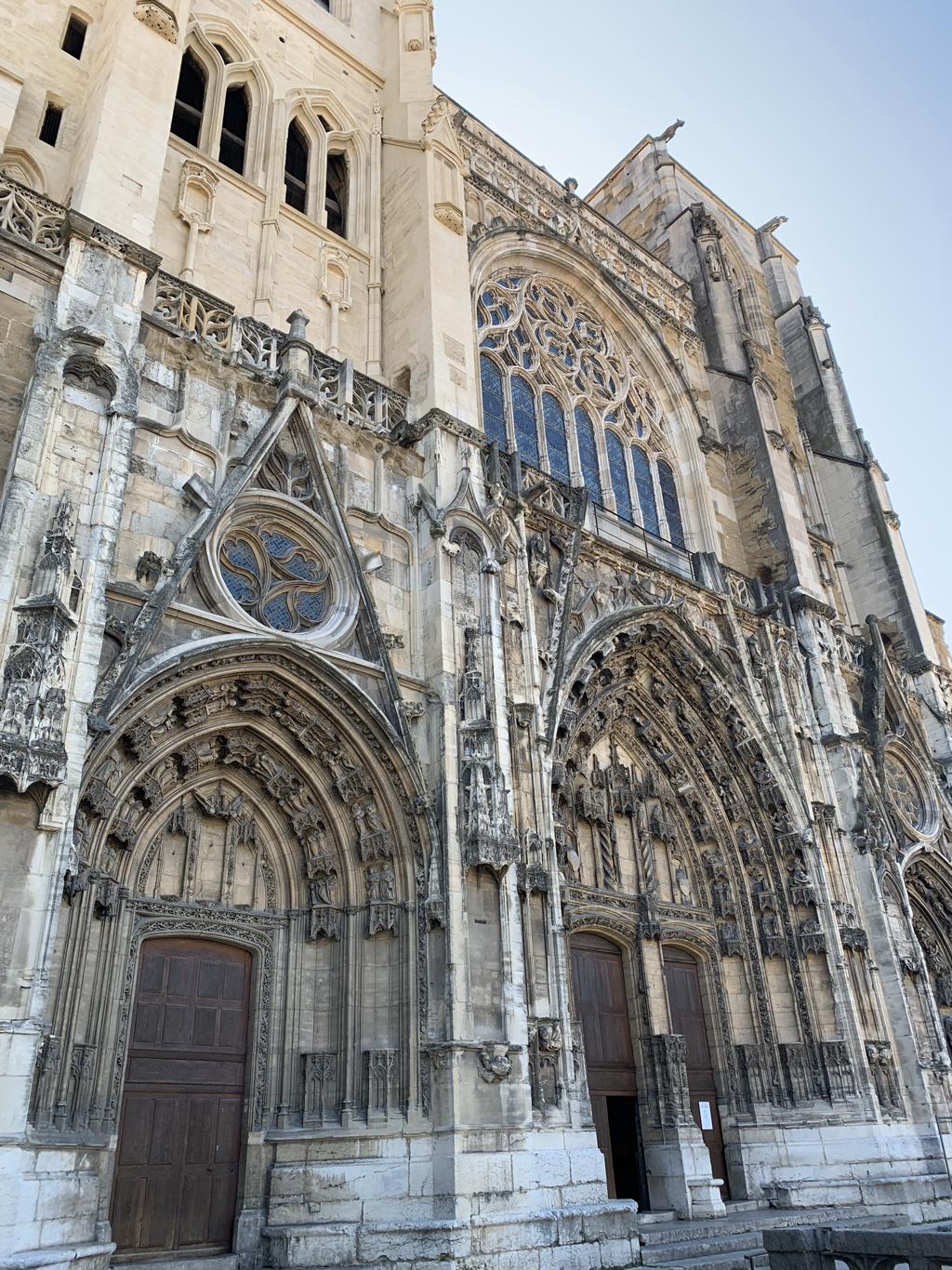
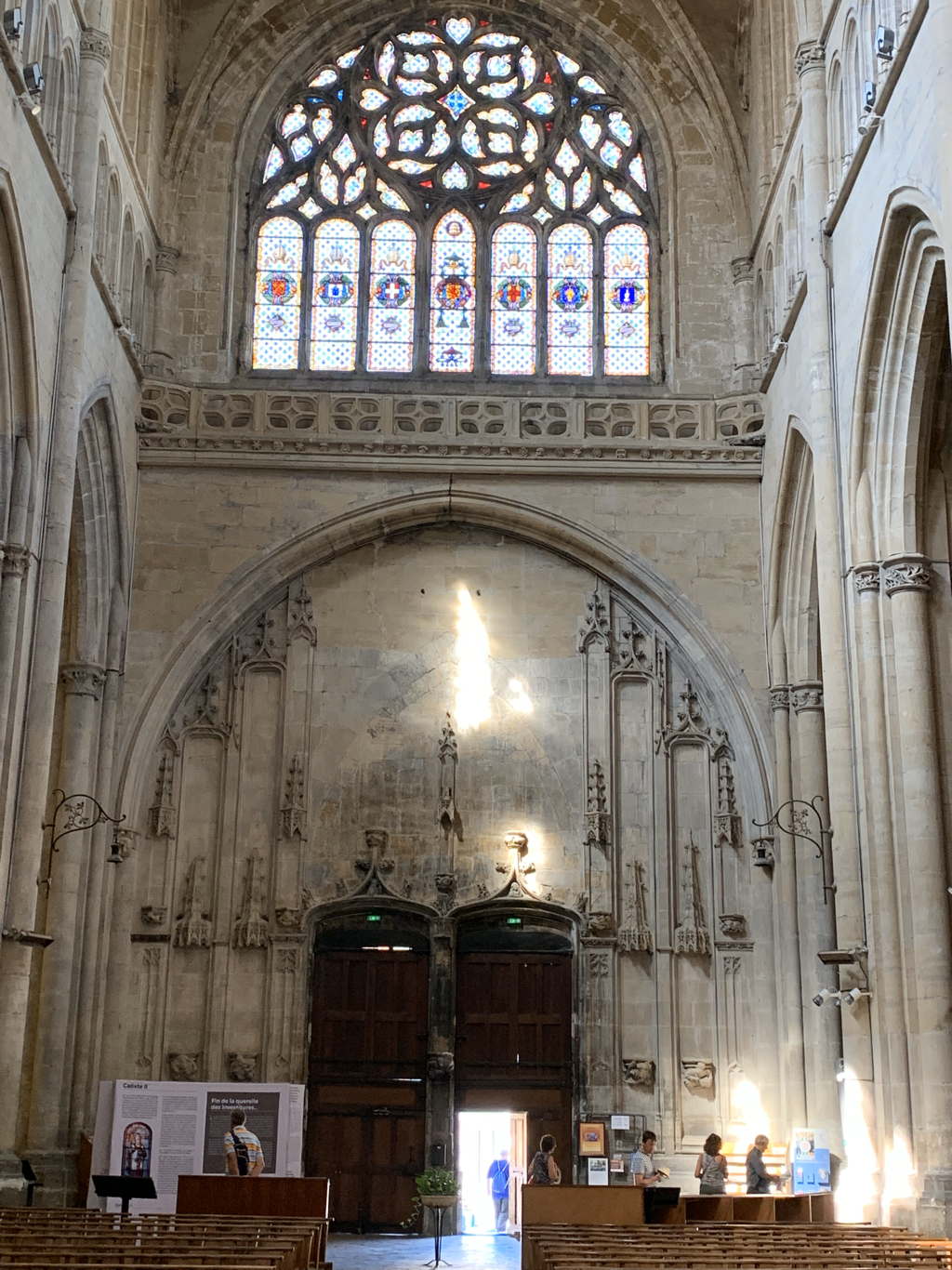

 RSS Feed
RSS Feed
